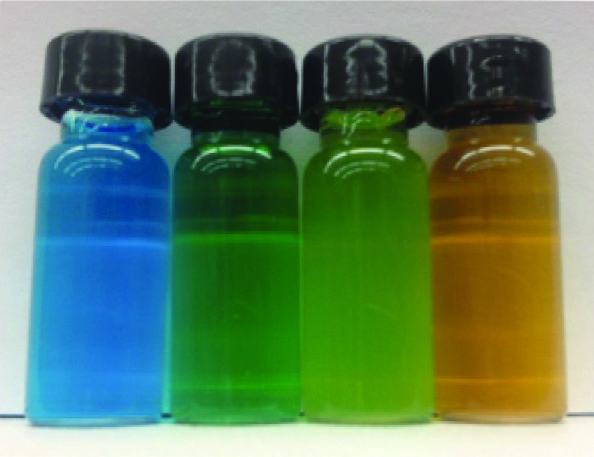Now, drinkable 'nanojuice' to help in gut inspection
 London, July 7 : Scientists have come up with a 'juice' made of nanoparticles which would help the doctors in examining the gut.
London, July 7 : Scientists have come up with a 'juice' made of nanoparticles which would help the doctors in examining the gut.
University at Buffalo researchers are developing a new imaging technique involving nanoparticles suspended in liquid to form 'nanojuice', which, after reaching the small intestine, doctors would strike the nanoparticles with a harmless laser light, providing an unparalleled, non-invasive, real-time view of the organ.
Corresponding author Jonathan Lovell said that the conventional imaging methods show the organ and blockages, but this method would allow one to see how the small intestine operates in real time.
Better imaging will improve our understanding of these diseases and allow doctors to more effectively care for people suffering from gastrointestinal ailments, he added.
To assess the organ, doctors typically require patients to drink a thick, chalky liquid called barium. Doctors then use X-rays, magnetic resonance imaging and ultrasounds to assess the organ, but these techniques are limited with respect to safety, accessibility and lack of adequate contrast, respectively.
Also, none are highly effective at providing real-time imaging of movement such as peristalsis, which is the contraction of muscles that propels food through the small intestine. Dysfunction of these movements may be linked to the previously mentioned illnesses, as well as side effects of thyroid disorders, diabetes and Parkinson's disease.
Lovell and a team of researchers worked with a family of dyes called naphthalcyanines. These small molecules absorb large portions of light in the near-infrared spectrum, which is the ideal range for biological contrast agents.
In laboratory experiments performed with mice, the researchers administered the nanojuice orally. They then used photoacoustic tomography (PAT), which is pulsed laser lights that generate pressure waves that, when measured, provide a real-time and more nuanced view of the small intestine.
The researchers plan to continue to refine the technique for human trials, and move into other areas of the gastrointestinal tract.
The study is published in the journal Nature Nanotechnology. (ANI)